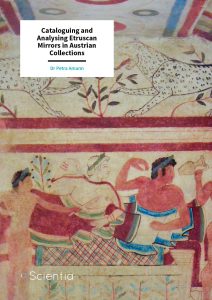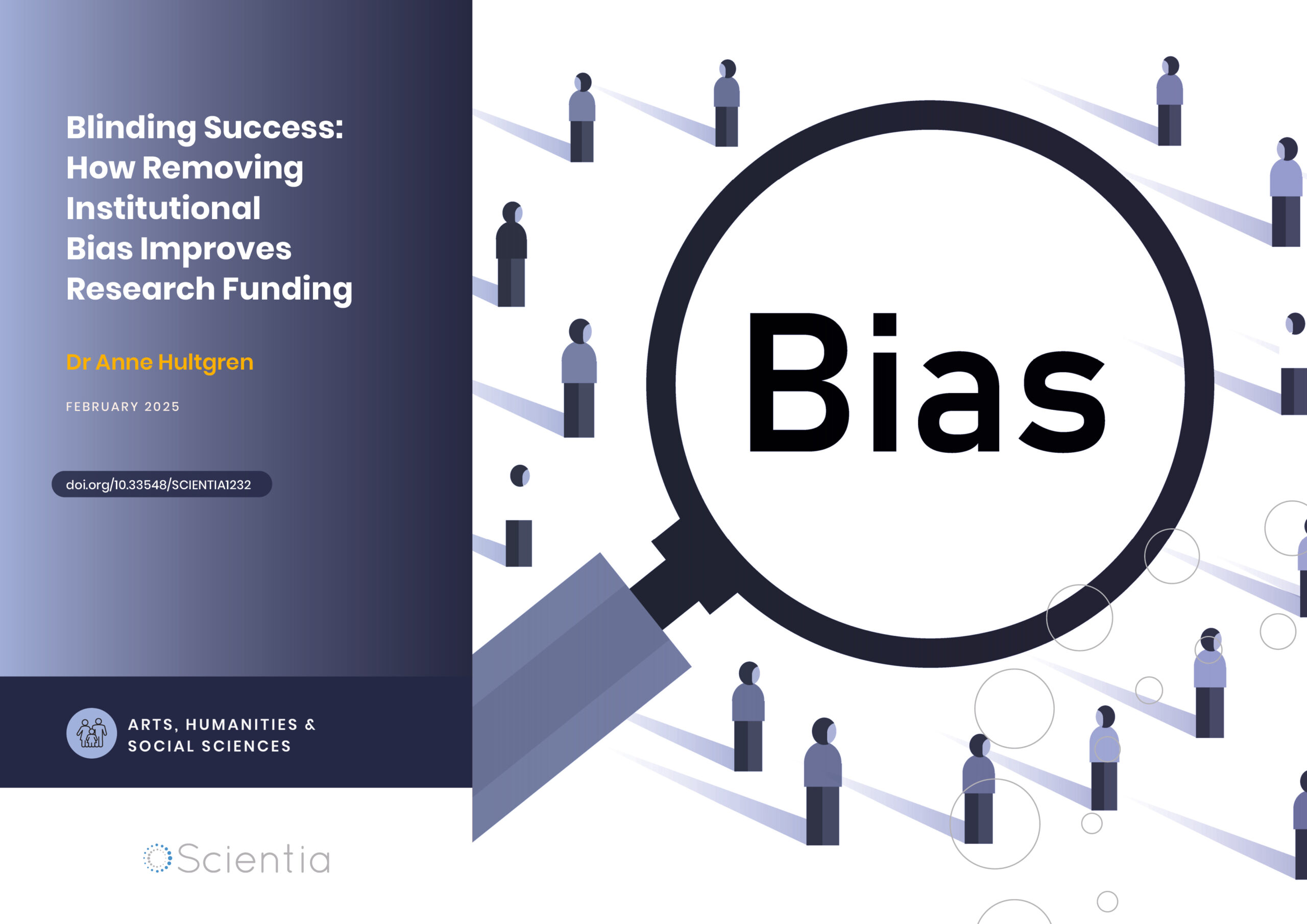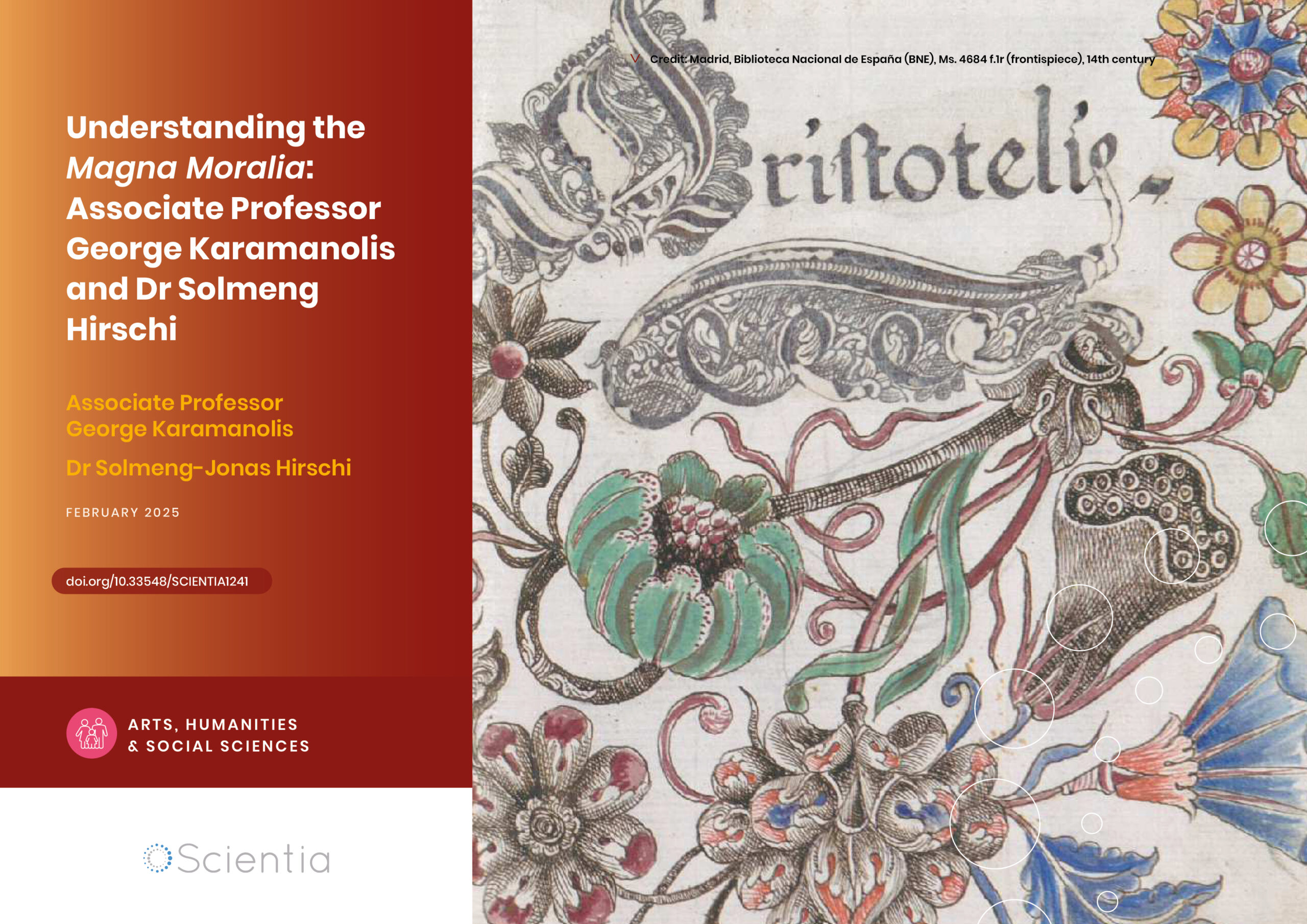Professor Petra Amann | Cataloguing and Analysing Etruscan Mirrors in Austrian Collections
The Etruscan people lived in the Apennine Peninsula in the 1st millennium BC, but their important classical legacy remains a fascinating topic to this day. Of particular interest and intrigue are the Etruscan mirrors – metal mirrors decorated with images and Etruscan inscriptions. Professor Petra Amann at the University of Vienna is working with colleagues to record and analyse all Etruscan mirrors held in public collections in Austria.
Etruscan People and their Culture
The land that we now call Italy was home to the Etruscan people early in the 1st Millennium BC. The Etruscans had a unique, vibrant culture, played a key role in bringing Eastern Mediterranean innovations to the West, and, in many ways, influenced the development of Roman culture. One of the best-preserved aspects of Etruscan material culture is their mirrors, which were made of bronze and silver and were decorated with images and inscriptions.
A dedicated scholarly series called Corpus Speculorum Etruscorum is foundational to the study of these mirrors and their decorative elements. However, until now, the series has lacked a study of those mirrors hosted in Austrian collections. Professor Petra Amann at the University of Vienna is working with colleagues at the University of Vienna, the Vienna University of Technology, and the Collection of Greek and Roman Antiquities of the Kunsthistorisches Museum Vienna to address this vital gap. They are undertaking a research project to systematically record and analyse all Etruscan mirrors held in public collections in Austria, which will be published as a new volume in Corpus Speculorum Etruscorum.
Etruscan Mirrors
The majority of Etruscan mirrors take the form of highly polished metal discs with attached handles. On the reverse, they are often embellished with engraved or chased illustrations and inscriptions. Simple disc mirrors without handles are sometimes found, and these would have been kept in wooden boxes to protect them. Another type produced in Etruria is the box mirror, which is also decorated with relief decor.
The images on the mirrors are often taken from Greek mythology, but some also depict scenes of everyday life. Many mirrors also carry inscriptions, which explain more about the illustrations. These details provide a wealth of information about the Etruscan culture – including art, religion, society and the economy.
Between the second half of the 6th and the 2nd century BC, the mirrors evolved from outstanding examples of artisan craftsmanship to mass-produced items. Today, we have conserved approximately 3,000 Etruscan mirrors in public collections, but there are many more in total.
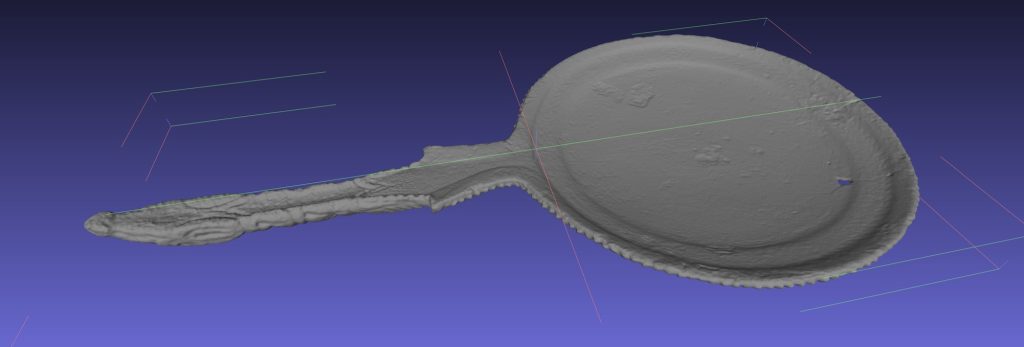
© FWF-Project ‘Etruscan Mirrors in Austria
(EtMirA)ʼ.
Public Collections of Mirrors in Austria
There are around sixty mirrors found in public collections in Austria; the majority of these are kept in the Kunsthistorisches Museum Vienna. Others are housed in the Ferdinandeum in Innsbruck, the Universalmuseum Joanneum in Graz, the Stadtmuseum Wels, and the Höbarthmuseum in Horn (Lower Austria).
These collections hold a range of mirrors, from early examples to those with rare mythological scenes which have never been published before. Additionally, a mirror has been newly identified as having a particular historical interest as it originates from a Celtic settlement in Austria. Only a few of these have appeared in previous catalogues and guidebooks. The cataloguing being undertaken by Professor Amann and her team will make these artefacts available to international scholars, providing a valuable contribution to the study of classical antiquity.
Innovative Research
Although individual Austrian mirrors have been included in larger publications, this has not included all artefacts, and the documentation has often been poor, consisting of only low-quality drawings rather than photographs.
Professor Amann and her colleagues’ research will focus on two key areas. First, they will conduct an archaeological-historical analysis, which will classify and study Austrian mirrors in terms of iconography, style, typology, chronology, workshop and epigraphy. Where possible, the acquisition history will also be traced through archival research. Most Austrian mirrors are linked to very old public and private collections, meaning that information on archaeological context will be hard to come by.
The second focus will be on technological and scientific techniques. One of the project’s aims is to develop new forms of digital imaging to graphically document the mirrors. For this, the project member Simon Brenner (Computer Vision Lab, Vienna University of Technology) will utilise state-of-the-art photographic and graphic methods. One innovation the project aims to develop is a technique of extracting relevant information from three-dimensional scans to improve the quality and objectivity of the engraving line drawings. This could also be useful for other scientific fields that deal with metal engravings (such as coins and inscriptions) and reduce the costs of documentation.
A further aim is to analyse the alloy composition, especially of presumed modern forgeries of Etruscan mirrors. In comparison with the data of authentic specimens, this should help to better distinguish between fakes and antique originals, which sometimes can be tricky. Technological aspects are examined in detail by the conservators Bettina Vak and Brigitte Boll, who also use non-destructive methods, such as three-dimensional microscopy and X-ray fluorescence analysis. All relevant data will be publicly accessible.
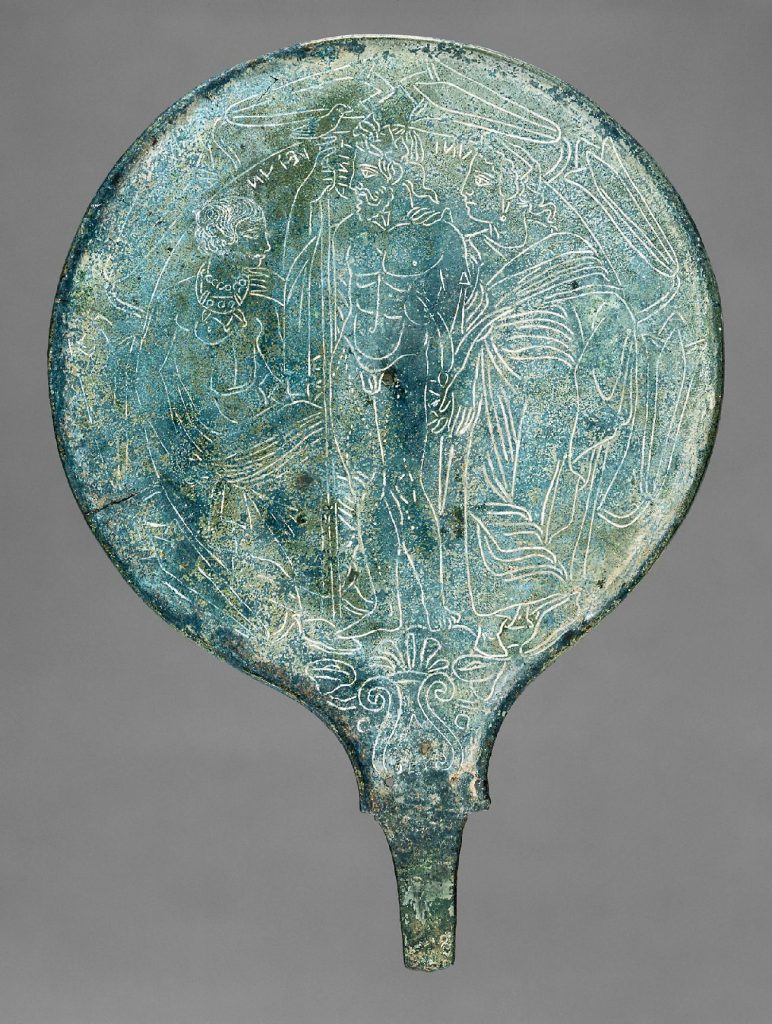
Etruscan tang mirror from Castiglion Fiorentino (Italy), reverse with depiction of three mythological figures identified by
Etruscan inscriptions: Letun, Tinia, Uni (corresponding to Greek Leto, Zeus, Hera), 4th century BC, Kunsthistorisches Museum Vienna, Collection of Greek and Roman Antiquities (inv.-nr. VI 3384). © KHM-Museumsverband.
A Fantastic Opportunity
First and foremost, the project aims to catalogue Austrian holdings and answer longstanding questions about their iconography. For example, the mirrors found in Austria seem to generally reflect the typical Etruscan preference for stories from the Trojan War, the life of Heracles, and other mythology. However, some of these examples differ strongly in terms of iconography. This calls for a detailed study which compares these images. The archaeological-historical research work is mainly done by the central project member Sindy Kluge (Department of Ancient History, Epigraphy and Papyrology, University of Vienna).
The team also aims to shed light on the little-studied box mirrors with relief decor. Differentiating between box mirrors produced by Etruscans and Greeks has also been a recent scholarly discussion. The Kunsthistorisches Museum Vienna owns at least six of these box mirrors, and this presents a fantastic opportunity to delve into these questions.
Additionally, Etruscan mirrors play an important role in scholarly discussions of gender roles and relations in ancient Etruria. Their former owners are generally assumed to be women, as the pictorial world featured on the mirrors often seems to address a female audience. However, the extent to which this is true has been questioned, and some mirrors have been definitively linked to men. While Professor Amann’s project does not specifically focus on gender, the topic will be addressed in iconographic and linguistic interpretations of the mirrors’ decorative elements, and may help to shed light on whether mirrors were mainly restricted to the female sphere.
This project provides an exciting opportunity to expand research into Etruscan material culture, help to answer some of the discipline’s most relevant questions, and contribute to the development of imaging and material analysis techniques that will be useful to Etruscologists, Classical archaeologists and scholars in many other fields.
SHARE
DOWNLOAD E-BOOK
REFERENCE
https://doi.org/10.33548/SCIENTIA956
MEET THE RESEARCHER

Dr Petra Amann
Department of Ancient History, Epigraphy and Papyrology
University of Vienna
Vienna
Austria
Professor Petra Amann graduated from the University of Vienna with an undergraduate degree in Classical Archaeology and Ancient History. In 1998, she completed a PhD in Etruscology and pre-Roman Italy Studies at the University of Vienna’s Department of Ancient History, Epigraphy and Papyrology. Today, she is the Deputy Head of the same department, a full member of the Istituto Nazionale di Studi Etruschi ed Italici (Florence), and a corresponding member of the Austrian Academy of Sciences. Her central research interests are Etruscan social history and epigraphy, religion and cultural transfer in pre-Roman Italy, iconography in Ancient Italy, ancient Umbrians, and early Rome. She is the leader of a pioneering, multidisciplinary scientific project on classical antiquity, ‘Etruscan Mirrors in Austria: The Kunsthistorisches Museum Vienna and Other Public Collections’ (see below for further details).
CONTACT
W: https://univie.academia.edu/PetraAmann
For project activities see https://altegeschichte.univie.ac.at/forschung/projekte/etruskische-spiegel-in-oesterreich/
KEY PROJECT COLLABORATORS
Sindy Kluge, Department of Ancient History, Epigraphy and Papyrology, University of Vienna
Simon Brenner, Computer Vision Lab, Vienna University of Technology (TU)
Karoline Zhuber-Okrog, Collection of Greek and Roman Antiquities, Kunsthistorisches Museum Vienna
Bettina Vak and Brigitte Boll, Collection of Greek and Roman Antiquities, Kunsthistorisches Museum Vienna
FULL PROJECT TEAM
Professor Robert Sablatnig, Computer Vision Lab, Vienna University of Technology (TU)
Dr Georg Plattner, Collection of Greek and Roman Antiquities, Kunsthistorisches Museum Vienna
Dr Martina Grießer, Conservation Science Department, Kunsthistorisches Museum Vienna
Dr Katharina Uhlir, Conservation Science Department, Kunsthistorisches Museum Vienna
FUNDING
Austrian Science Fund (FWF), Grant: P 33721-G
Project duration: 2021-2025
REPUBLISH OUR ARTICLES
We encourage all formats of sharing and republishing of our articles. Whether you want to host on your website, publication or blog, we welcome this. Find out more
Creative Commons Licence (CC BY 4.0)
This work is licensed under a Creative Commons Attribution 4.0 International License. 
What does this mean?
Share: You can copy and redistribute the material in any medium or format
Adapt: You can change, and build upon the material for any purpose, even commercially.
Credit: You must give appropriate credit, provide a link to the license, and indicate if changes were made.
SUBSCRIBE NOW
Follow Us
MORE ARTICLES YOU MAY LIKE
The Decline of Volunteering in America: Economic Factors and Rural-Urban Differences
Volunteering rates have been declining across the US in recent decades, raising concerns about the health of civil society and local communities. Researchers Dr Rebecca Nesbit, Dr Laurie Paarlberg, and their colleagues have investigated the complex economic and geographic factors contributing to this trend. Their work sheds light on how economic conditions, rural-urban differences, and community characteristics shape volunteering behaviors across the country.
Dr Anne Hultgren | Blinding Success: How Removing Institutional Bias Improves Research Funding
New research from the Arnold and Mabel Beckman Foundation shows that blinding grant reviewers to applicants’ institutions leads to fairer funding decisions, particularly benefiting early-career scientists from less prestigious universities. The findings demonstrate how simple changes to review processes can help combat systemic biases in research funding.
Understanding the Magna Moralia: Associate Professor George Karamanolis and Dr Solmeng Hirschi
The Magna Moralia is one of the three ethical works attributed to Aristotle in antiquity, next to the Eudemian Ethics and the Nicomachean Ethics. However, the Magna Moralia has not been studied as extensively as the other two treatises, with research focusing largely on the question of authorship and much less on the ethical theory. The team at the University of Vienna aims to establish a new critical edition of the Magna Moralia, to offer a fresh English translation, and to prepare a philosophical commentary. The project will enable a future re-appreciation of the Magna Moralia while contributing to a better understanding of the development of Aristotelian ethics.
Dr Festus O Amadu | The Forests of Liberia: A Pathway to Poverty Alleviation and Food Security
In Liberia, half of the population lives within 2.5 kms of a forest. Many households rely on these delicate ecosystems to support themselves. A recent study by Dr Festus O Amadu at Florida Gulf Coast University and Dr Daniel Miller at the University of Notre Dame sees sustainable forest management as a positive force in improving livelihoods and environmental outcomes in Liberia. The authors have produced a landmark national analysis of how participation in the ‘forest sector’ impacts Liberian households – providing policymakers with the evidence they need to prioritise development programmes.

